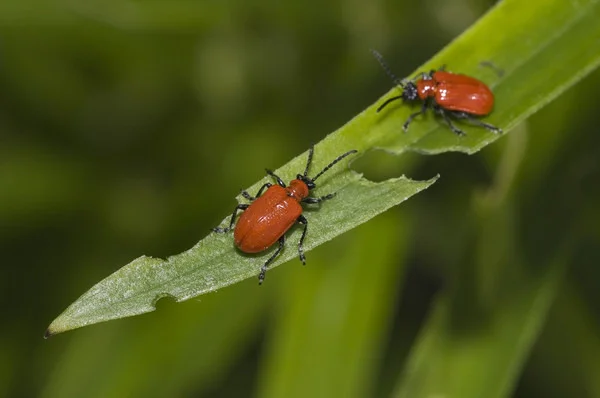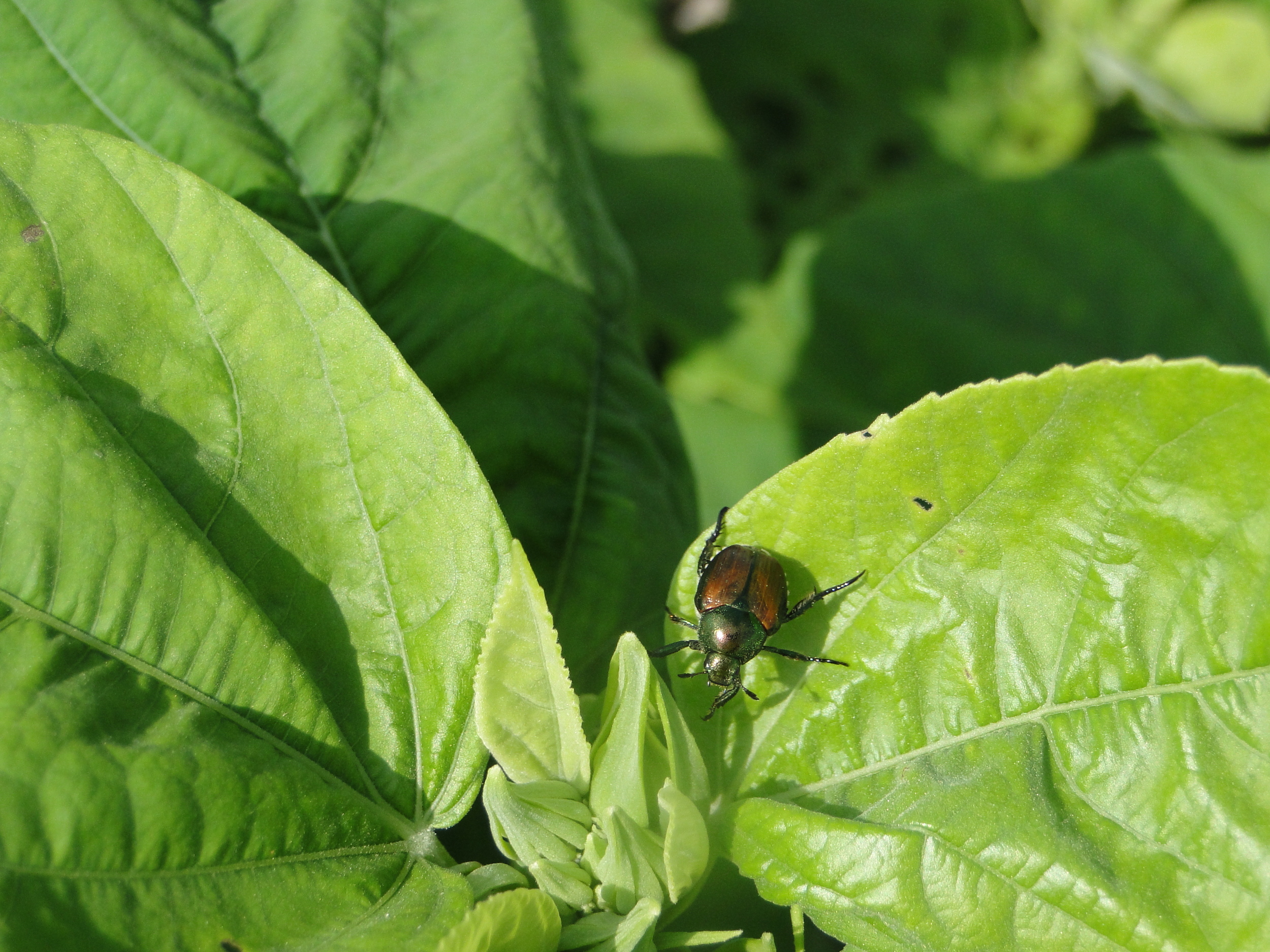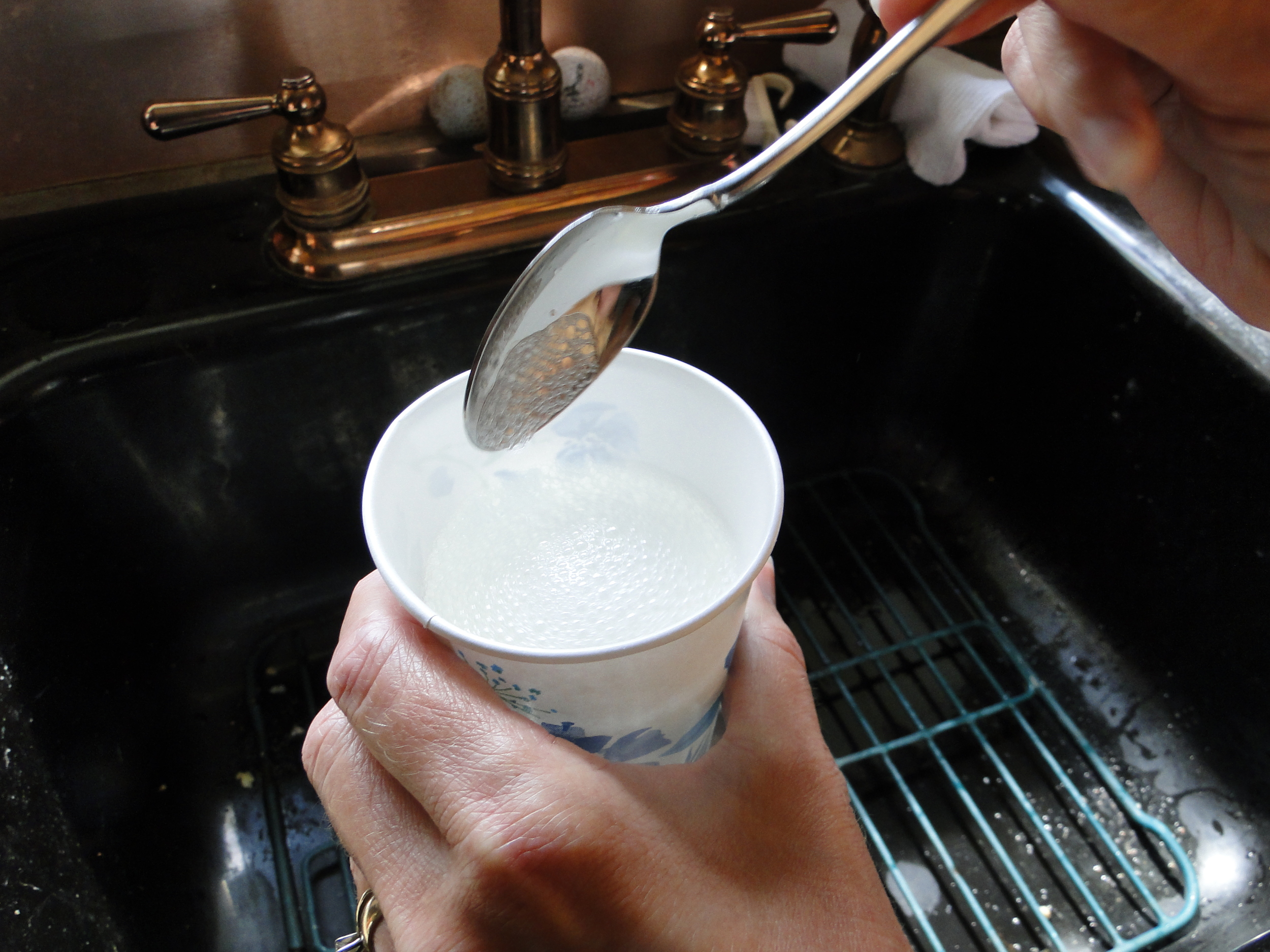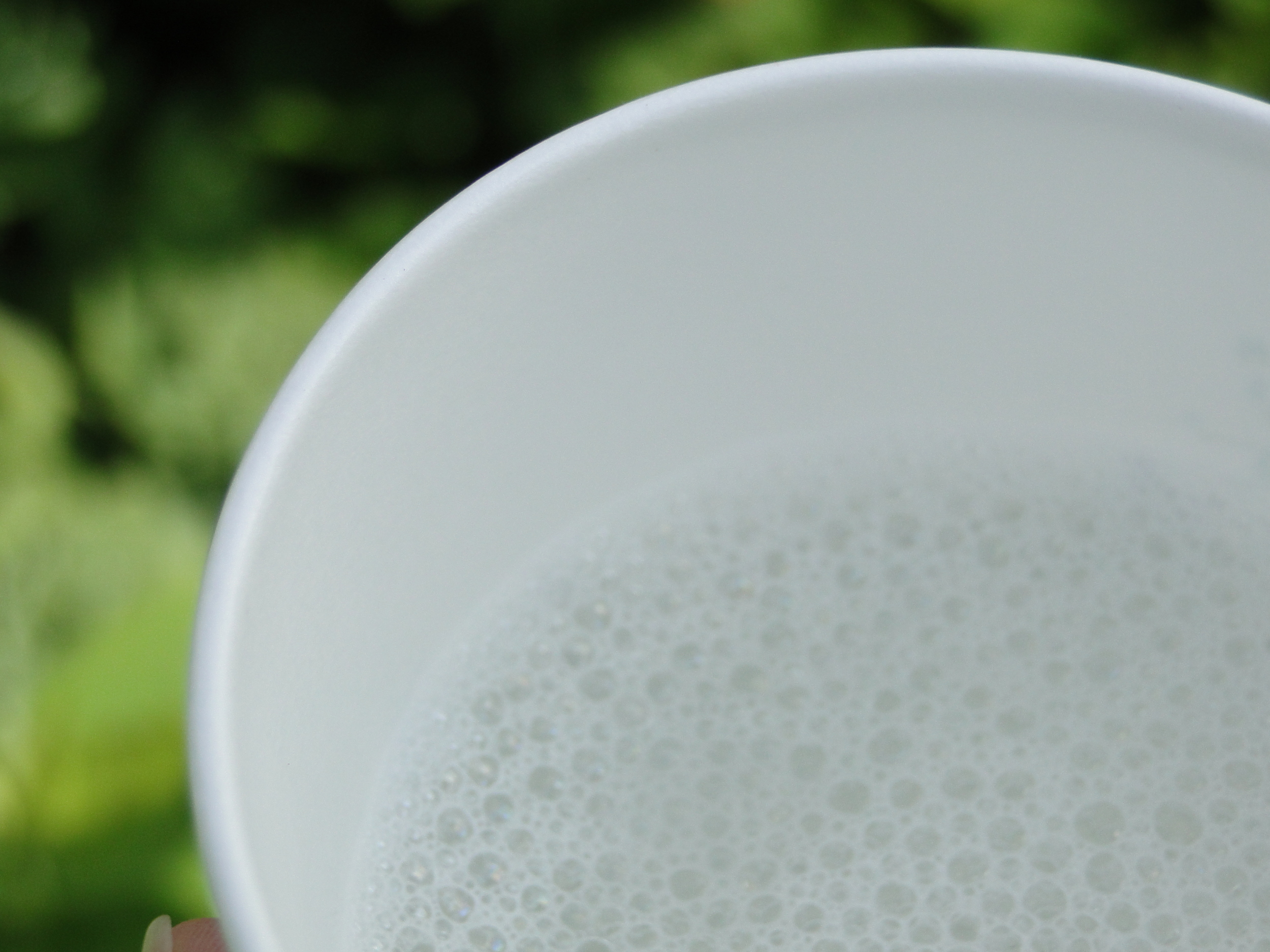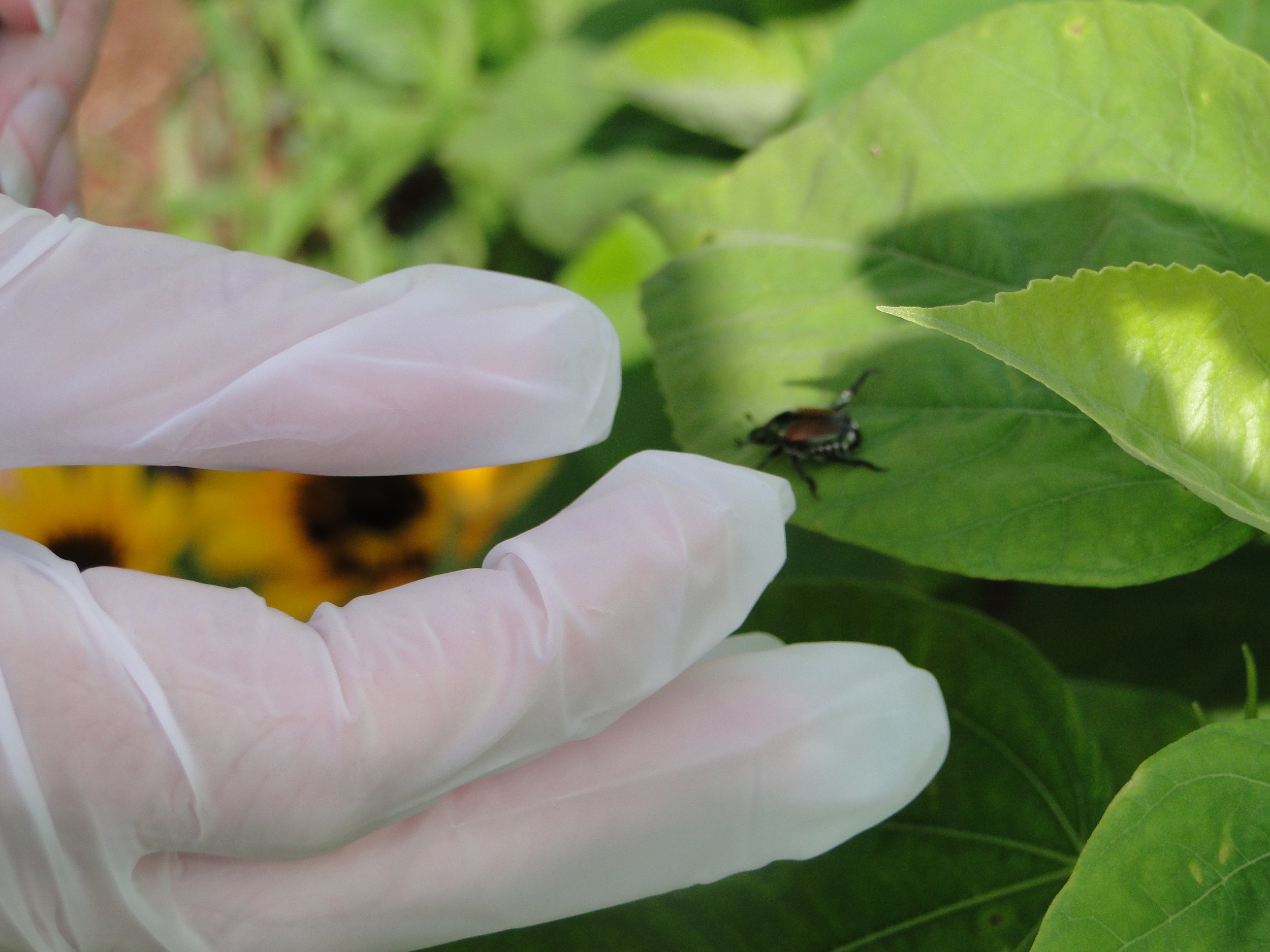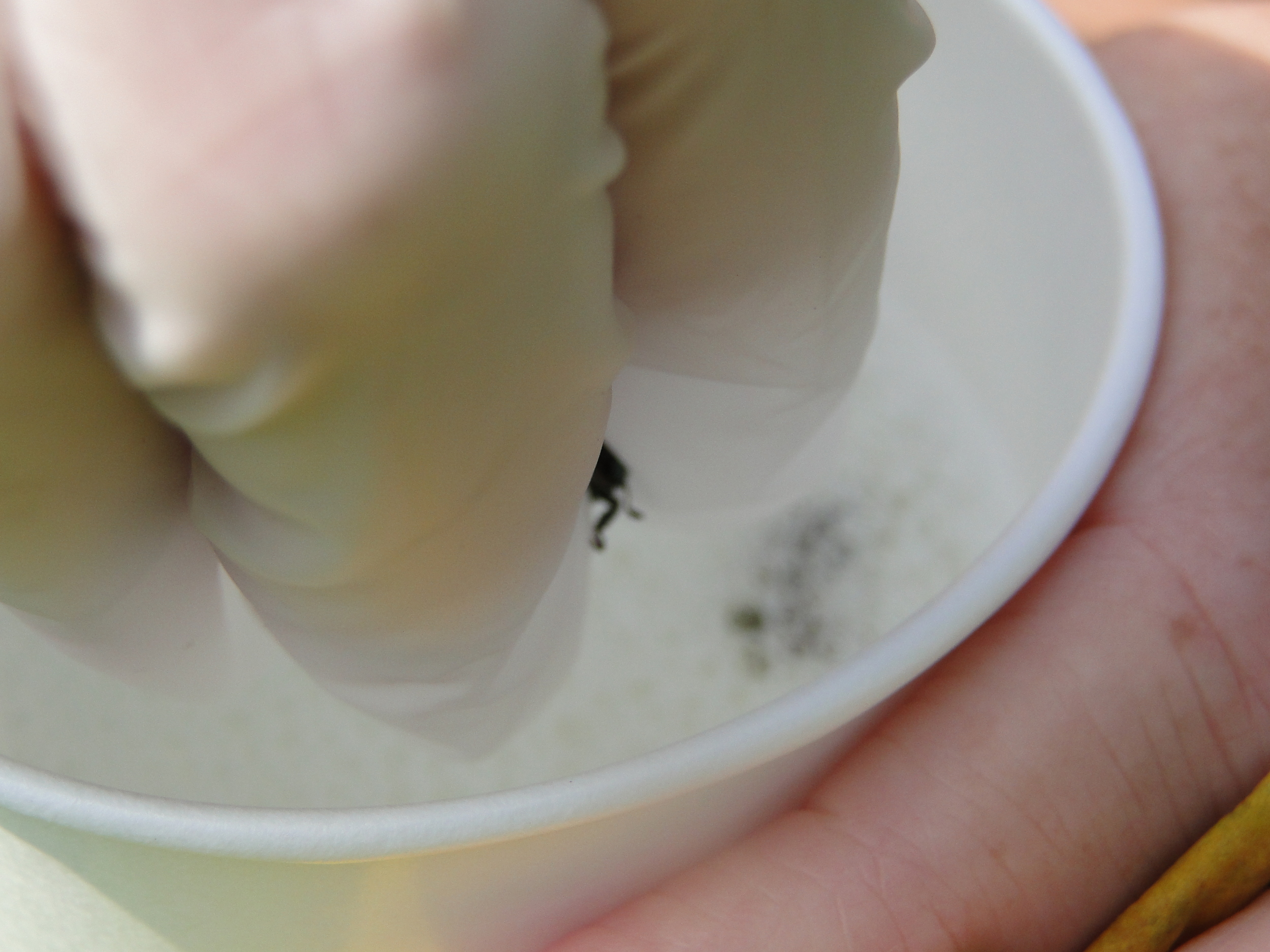Have you walked out to your gardens lately and noticed a very hungry beetle has moved in?
This beetle is the Red Lily Beetle which is definitely a ‘bad bug’ and devastates lilies. These beetles prefer true lilies and fortunately do not bother Daylilies (Hemerocallis). If you have lilies in your gardens (Asiatic, Oriental, Easter and Turk’s) pay attention weekly for the bright red beetles and also for the eggs on the undersides of the foliage. Examine the leaves for tan-colored, irregular-shaped lines about one inch long. These tan lines will be a row of eggs. Just before hatching, these eggs turn a bright red color. When eggs are found, they can be removed and destroyed.
If you only have a few plants in your gardens, hand-picking adults and eggs can be successful. Another option to control the reproduction of the Red lily Beetle is to use an insecticide. Products containing Neem and Spinosad are effective on the larvae and should be applied weekly. Neem is also sold as Bon-Neem. Spinosad is sold as Monterey Garden Insect Spray and Captain Jack’s Deadbug Brew. All of these organic products will need to be applied weekly during the growing season and have been found to be effective. Whichever method (handpick or insecticide) you prefer will make it possible for you to enjoy lilies in your garden this summer.


